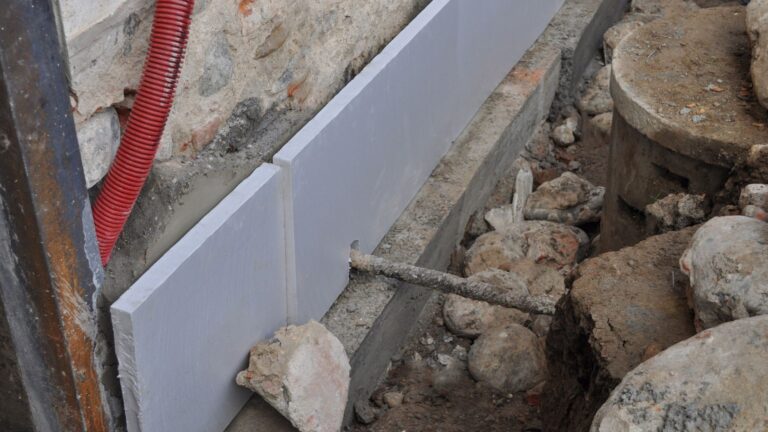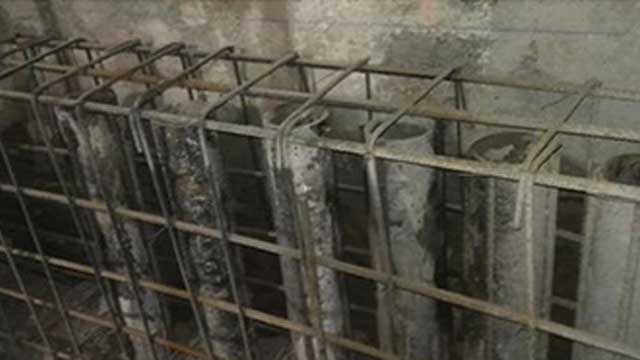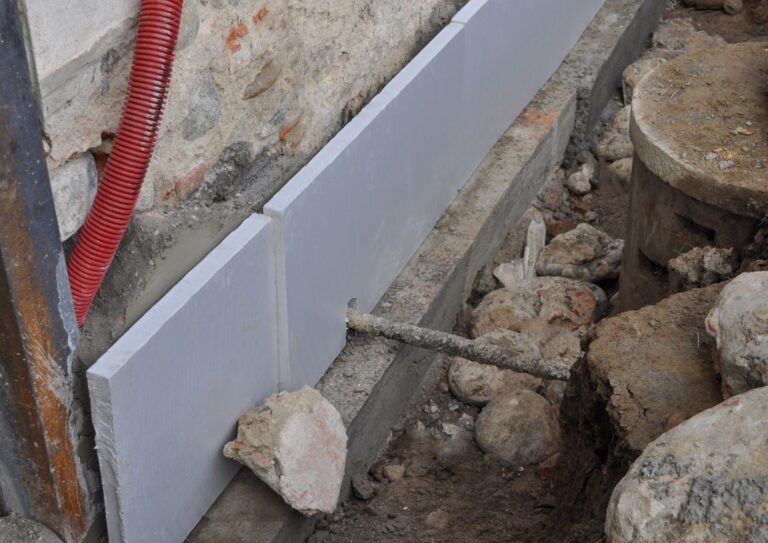How underpinning ensures the integrity of buildings against settlements and ground movements
He emphasis of foundations in Murcia It is a fundamental technique in civil engineering and construction, used to correct settlement and movement problems in the foundations of buildings and other structures.
These problems can arise for a variety of reasons, such as variability in soil type, increased structural loading, or changes in environmental conditions.
However, regardless of the cause, underpinning is presented as an effective solution to restore stability and ensure the safety of buildings.
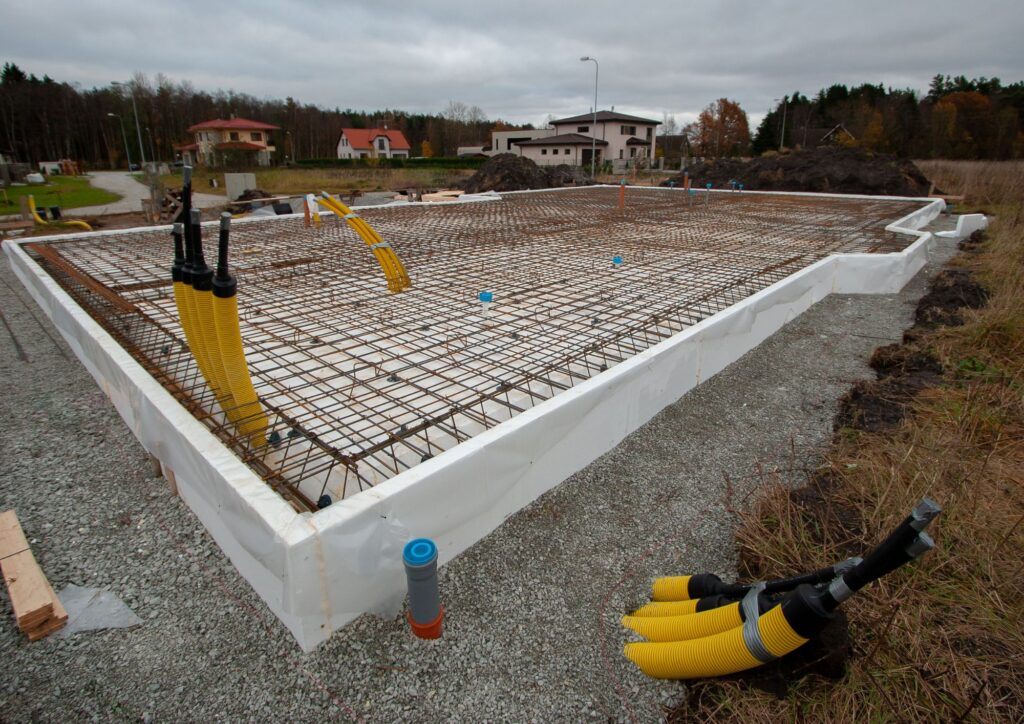
What is foundation underpinning?
Foundation underpinning, also known as foundation reinforcement, is a set of techniques intended to reinforce and stabilize the existing foundations of a structure. This process is carried out when the original foundations are not able to support the load of the building, either because they have been damaged, have lost their load-bearing capacity, or because differential settlement has occurred that compromises the stability of the structure.
Common causes requiring underpinning
The most common causes leading to the need for a brace include:
- Differential settlements: Occur when different parts of the foundation settle at different rates or magnitudes, which can cause cracks and deformations in the structure.
- Unsuitable soil: Soils with low load-bearing capacity, expansive soils, or clayey soils can compromise the stability of the foundation. The presence of cavities or organic materials can also have a negative effect.
- Increased structural load: If additions or renovations are made that increase the load on the original foundation, the foundation may not be able to support the new weight, making underpinning necessary.
- Damage to existing foundation: Factors such as erosion, water infiltration, or initial construction problems can weaken the foundation and require reinforcement.
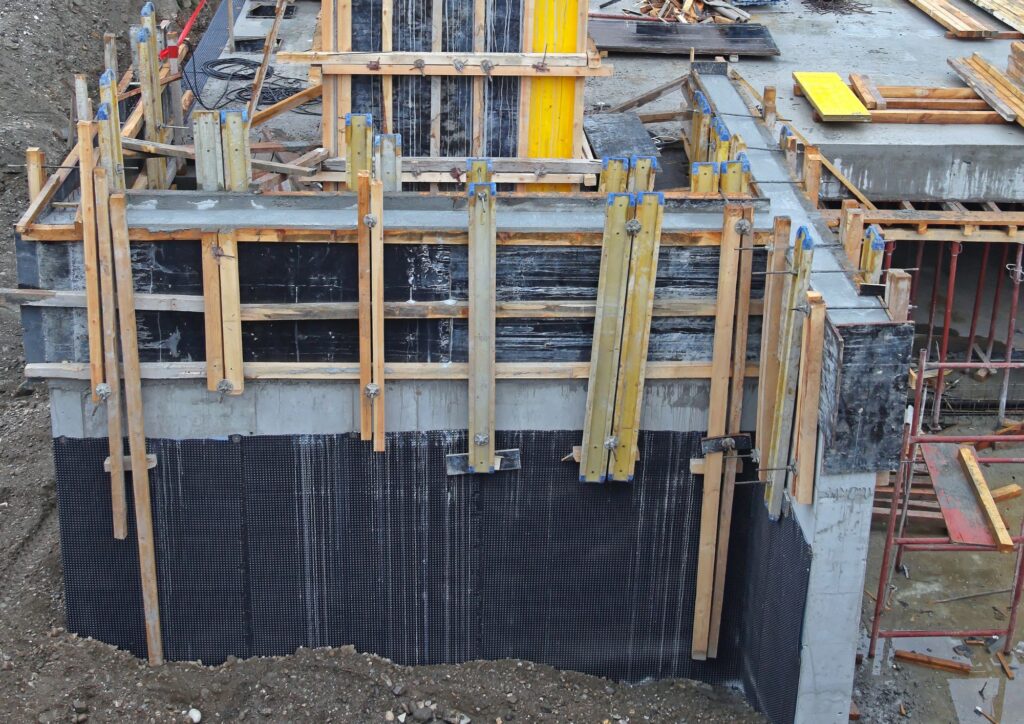
Foundation underpinning techniques
There are various techniques to carry out the stress in Murcia Each one is adapted to the specific characteristics of the problem to be solved. Some of the most common are:
1. Micropilling
Micropiling involves inserting small steel or concrete piles into the ground, beneath the existing foundation. These piles transfer the load of the structure to deeper, more stable layers of the ground. This technique is especially useful in soils with low load-bearing capacity or in cases where access is limited.
2. Injection of expanding resins
This technique involves injecting special resins under the foundation. The resins expand, filling voids in the soil and consolidating the base on which the structure sits. It is a less invasive method and is mainly used in cases of mild to moderate settlements.
3. Expansion of footings
This technique involves widening the base of the existing foundation, increasing its support surface to reduce the pressure on the ground. It is used in cases where the load on the structure has increased or where the soil has lost its load-bearing capacity.
4. Reinforcement of foundations with reinforced concrete
It consists of adding a layer of reinforced concrete around the existing foundation to increase its load-bearing capacity. This method is effective for reinforcing damaged or weakened foundations.
Benefits of foundation underpinning
He stress in Murcia, offers numerous benefits that go beyond simple structural stabilization. Some of the main benefits include:
- Restoring stability: By correcting settlement problems and reinforcing foundations, the stability of the structure is restored, eliminating cracks and deformations.
- Increased building lifespan: With reinforced foundations, the useful life of the structure is extended, avoiding major damage in the long term.
- Investment protection: By avoiding structural collapse and significant damage, the investment made in the building is protected.
- Safety for occupants: A building with stable foundations reduces the risk of accidents and damage, ensuring the safety of its occupants.

Considerations before underpinning
Before opting for underpinning, it is essential to carry out a detailed study of the soil and structure conditions. This includes load tests, geotechnical studies and structural analyses to determine the most suitable technique. In addition, it is essential to have professionals experienced in the execution of these techniques, since poorly executed underpinning can aggravate existing problems.
He stress in Murcia It is an indispensable technical solution in civil engineering to correct stability problems and ensure the safety and durability of buildings. With the right choice of techniques and proper analysis, it is possible to restore the structural integrity of any building, ensuring its durability over time.

